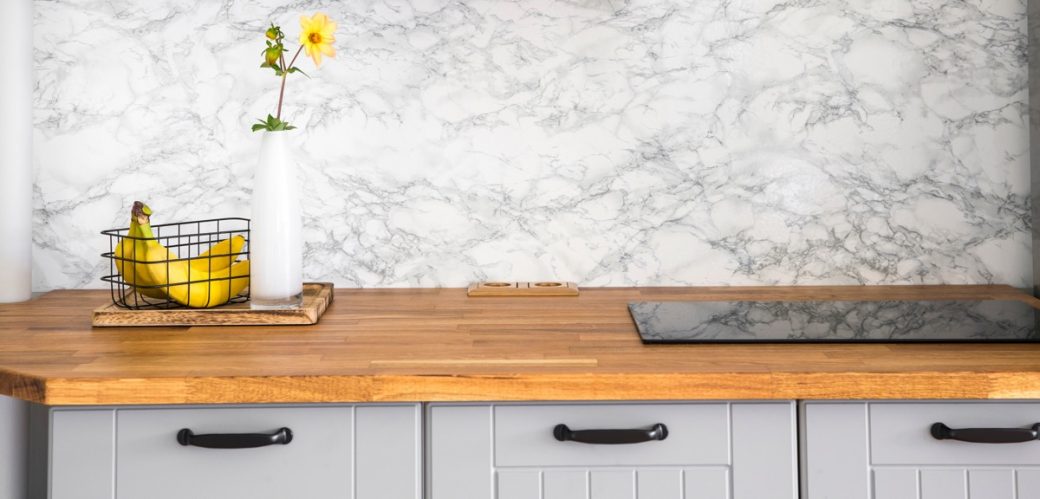One of the significant advantages of a home inspections strand is that it provides buyers with leverage in negotiations. If the inspection reveals substantial issues, buyers can use this information to negotiate with the seller for repairs or a reduction in the purchase price. This negotiation process helps manage unexpected costs and ensures that buyers are not left with financial surprises after the purchase. For those unfamiliar with the Strand real estate market, a professional inspector can offer valuable insights into common local issues and assist in navigating the negotiation process effectively.
Home inspectors will look at everything from the condition of shingles to if all of the light switches work. They will also check the heating and cooling system, plumbing, and electrical wiring.
Electrical
Home inspectors evaluate electrical systems in a home. They check that the electric meter is working correctly and assess whether or not it’s installed properly. They also look at outlets and switches to ensure they’re safe.
They should be familiar with the NEC’s rules about breaker size and wire gauge sizes. If a home inspector sees that a circuit has a breaker too large for the wiring, it could overheat and cause a fire.
They should also be able to identify stranded aluminum wiring. This was common in homes built before 1972, and it poses a fire risk. A home inspector can tell whether or not it’s stranded by looking at the metal casing and embossed markings. They can’t perform a chemistry test on aluminum wiring, though.
Plumbing
Plumbing problems are one of the most common reasons for a home inspection, either by current owners or prospective buyers. Even minor damage to pipes or clogged drains can be costly and time-consuming to repair.
During the inspection, plumbers check the interior and exterior of pipes for leaks and other problems such as mineral deposits or damaged fixtures. They also measure water pressure to ensure it’s within a safe range for home use.
A plumber inspection also provides documentation of the condition of a home’s plumbing system at the time of purchase, which can protect both buyer and seller if issues arise shortly after the sale. This can help reduce the risk of disputes over who should pay for necessary repairs. The inspection can also identify code violations or outdated plumbing, which might require replacement.
Roof
A roof is one of the most important structural components of any home. It protects against the elements and adds to a property’s aesthetic value. If a roof is in disrepair, it can negatively affect the value of a home. A home inspection can help identify any roofing issues before they become major problems.
Home inspectors look for a variety of things when inspecting the roof. They check for sagging or rotted wood, and examine the shingle or tile roof’s materials for signs of damage. They also evaluate the roof’s flashing, which seals vulnerable areas like chimneys and vents, as well as rafters and joists for stability.
Home inspectors may also examine the attic for ventilation, as well as the condition of insulation. They often take a closer look at the roof during a 4-point inspection, which is typically required by insurance companies and assesses the roof, electrical system, plumbing system, and HVAC system.
HVAC
Home inspections can reveal a variety of problems, but many are common occurrences. Having an understanding of these issues can help homeowners and investors make the process smoother and more efficient.
A common mistake that home inspectors make is misinterpreting data on the equipment nameplate for an air conditioning or heat pump unit. The nameplate will state the maximum overcurrent protective device rating and the minimum circuit amperes of the wire sizes connected to the unit.
Another common occurrence is seeing mold on HVAC systems, especially in coastal cities or high-humidity areas. However, this is typically minor surface mold that can be easily cleaned with a Clorox wipe.
Interior
Home inspectors look at a lot of different things, from the air quality in the house to its overall condition. They also check the electrical system to make sure it meets legal safety standards.
They inspect windows and doors, checking that they open and close properly. They also check whether they have any cracks or damage. They’ll also check for safety hazards on stairs and balconies, such as balusters too far apart or loose, broken or missing handrails.
A home inspection can reveal problems that could cost the buyer a lot of money. But it can also help them save a lot of money by avoiding expensive repairs later on. Typically, buyers will use the results of a home inspection as a bargaining tool in their negotiations with the seller.

